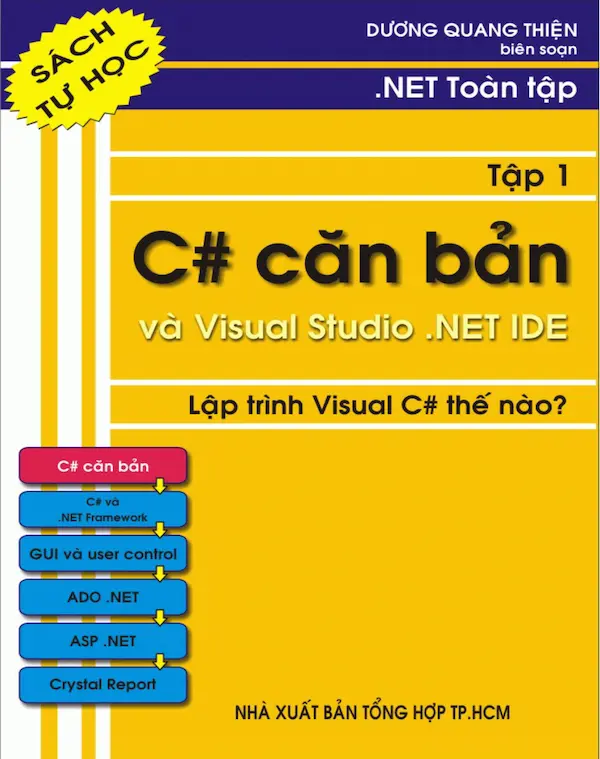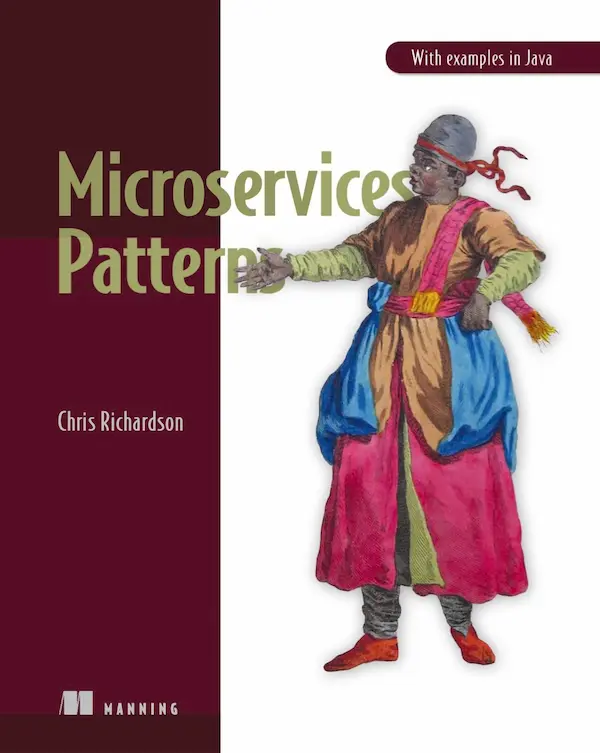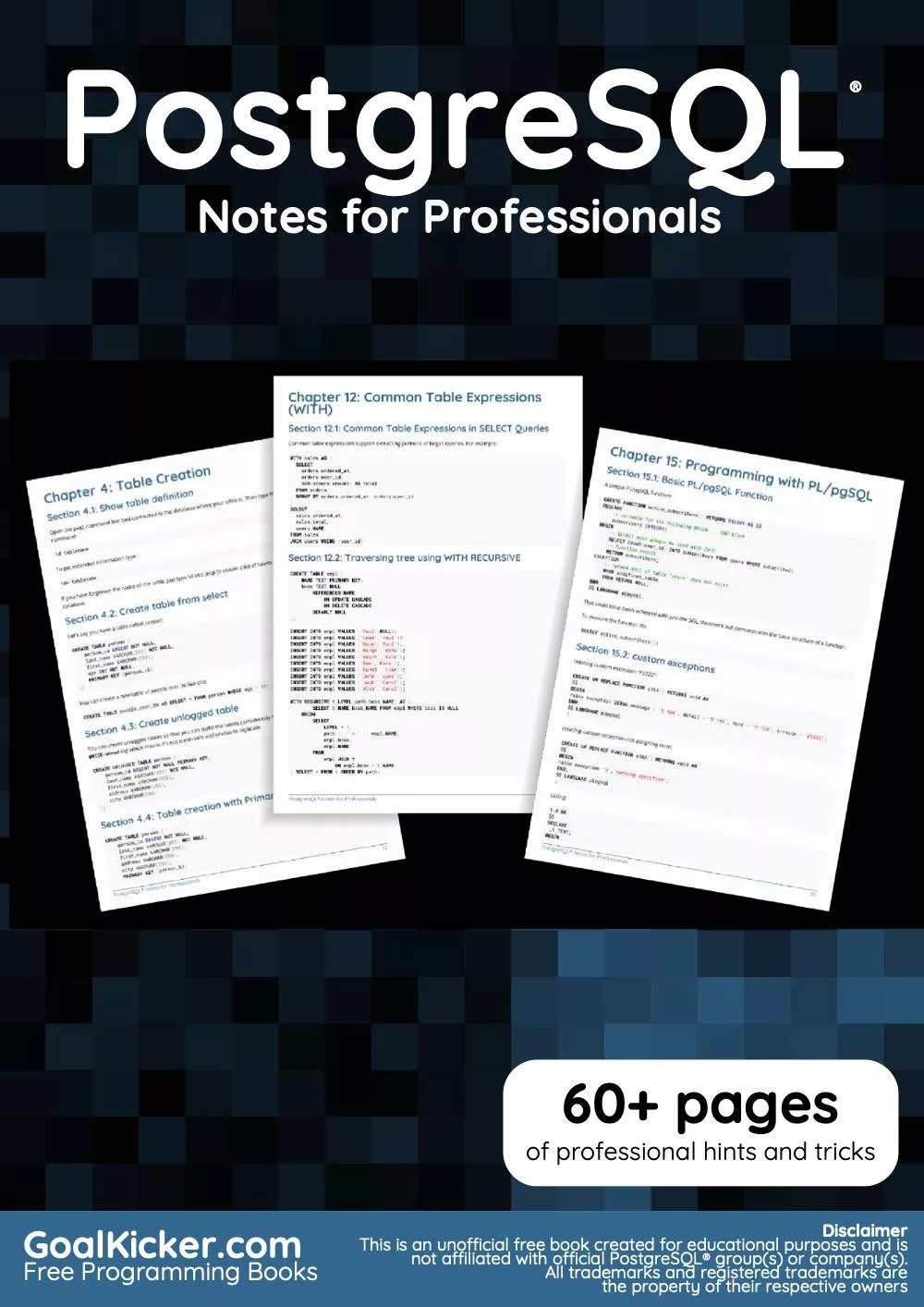
Chapter 1, Introducting Flutter, covers a brief introduction to Flutter and how this book is going to serve you as a guide for learning cross-platform application development with Flutter. We will then move on to where and how Flutter originated. Then, before moving on to why Flutter is a good option, we will take a look at where Flutter fits in with the existing world of mobile application development.
Chapter 2, Getting Started with Flutter, covers the installation of the tools needed to use Flutter and gets readers familiar with IDE, as well as looking at Hot reload, one of the best features in Flutter. We will then learn about two principal concepts that are required in every application development workflow—debugging and testing.
Chapter 3, Widgets, Widgets Everywhere, goes through the widget catalog and explains how to create custom widgets. We will then learn how to route and navigate through these widgets.
Chapter 4, Exploiting the Widgets Variety, explores the constraints in Flutter and provides an introduction to animations in Flutter. We will then learn how to use Listview and scrolling widgets and, at the end of the chapter, will be introduced to silvers.
Chapter 5, Widening our Flutter Horizons, explains how networking plays an important role in the apps, along with sample code for setting up and running a server for fetching JSON code. This section will be followed by an understanding of why accessibility is important and what improvements can developers bring to support accessibility in the app. The following section is about app support internationalization.
Chapter 6, Using a Platform to Power Flutter Apps, explains how to include packages in the Flutter code, followed by how to include platform-specific channels to support Flutter code. We will then use the BatteryManager API to understand the battery state of the Android phone. We will cover some of the best tips to consider before building our own plugin, followed by how to publish your own plugin on the Flutter Pub site.
Chapter 7, Firebase - Flutter's Best Friend, examines how Firebase can help us build apps quicker using the Firestore Cloud database. We will also take a look at an example that captured ListView using the Firestore Cloud database. And finally, we will discuss some of the use cases as regards using the remote config for your apps.
Chapter 8, Deploying Flutter Apps, covers how to deploy and publish the android and iOS app on the respective stores.
Chapter 2, Getting Started with Flutter, covers the installation of the tools needed to use Flutter and gets readers familiar with IDE, as well as looking at Hot reload, one of the best features in Flutter. We will then learn about two principal concepts that are required in every application development workflow—debugging and testing.
Chapter 3, Widgets, Widgets Everywhere, goes through the widget catalog and explains how to create custom widgets. We will then learn how to route and navigate through these widgets.
Chapter 4, Exploiting the Widgets Variety, explores the constraints in Flutter and provides an introduction to animations in Flutter. We will then learn how to use Listview and scrolling widgets and, at the end of the chapter, will be introduced to silvers.
Chapter 5, Widening our Flutter Horizons, explains how networking plays an important role in the apps, along with sample code for setting up and running a server for fetching JSON code. This section will be followed by an understanding of why accessibility is important and what improvements can developers bring to support accessibility in the app. The following section is about app support internationalization.
Chapter 6, Using a Platform to Power Flutter Apps, explains how to include packages in the Flutter code, followed by how to include platform-specific channels to support Flutter code. We will then use the BatteryManager API to understand the battery state of the Android phone. We will cover some of the best tips to consider before building our own plugin, followed by how to publish your own plugin on the Flutter Pub site.
Chapter 7, Firebase - Flutter's Best Friend, examines how Firebase can help us build apps quicker using the Firestore Cloud database. We will also take a look at an example that captured ListView using the Firestore Cloud database. And finally, we will discuss some of the use cases as regards using the remote config for your apps.
Chapter 8, Deploying Flutter Apps, covers how to deploy and publish the android and iOS app on the respective stores.































